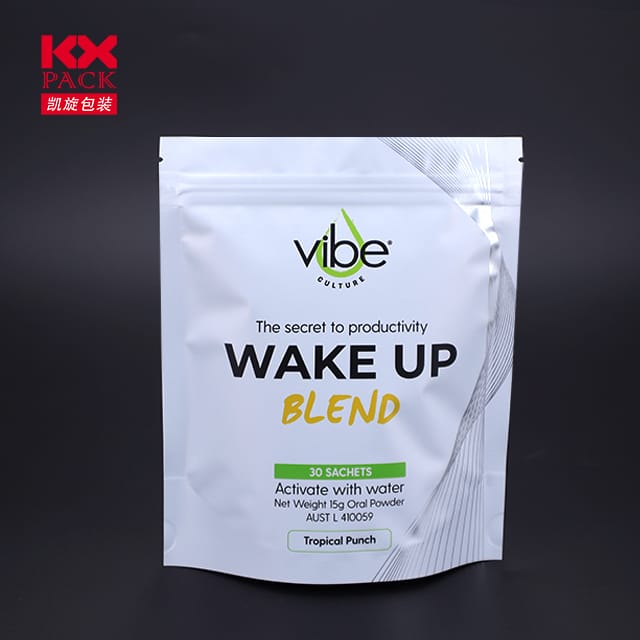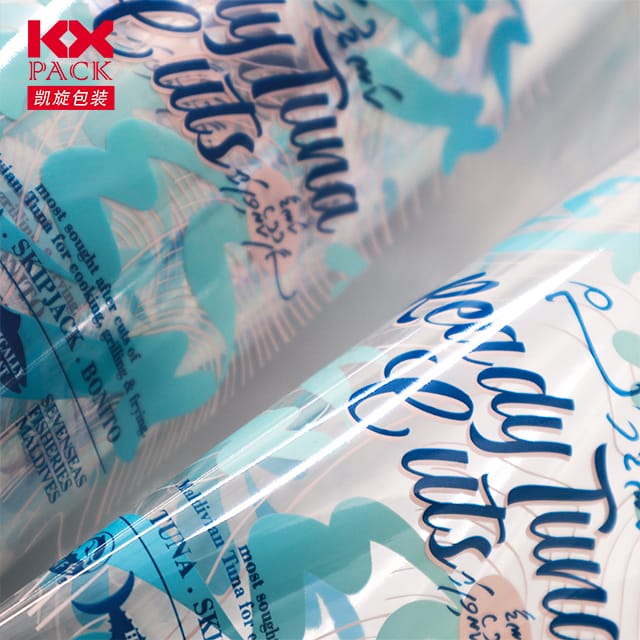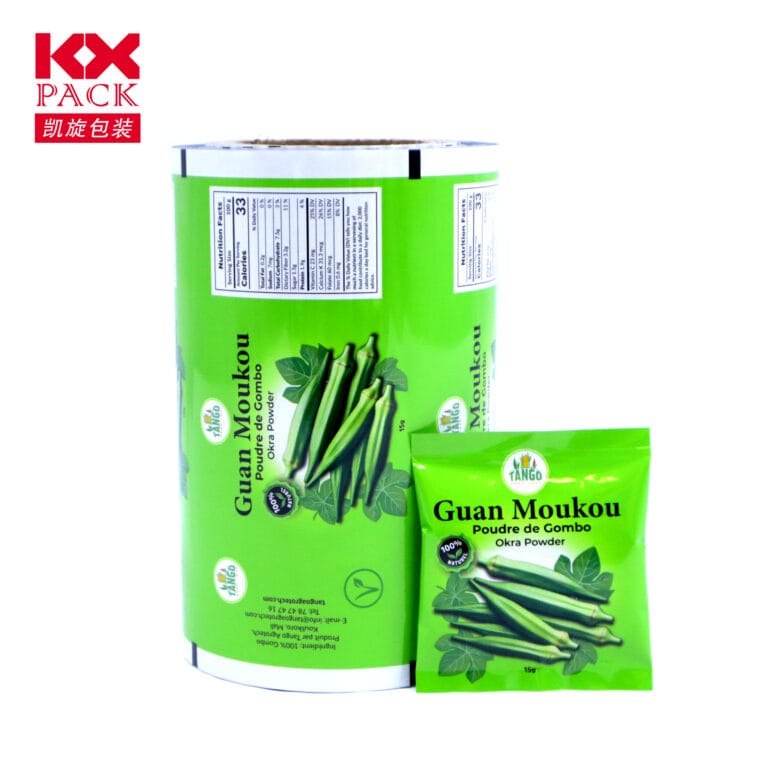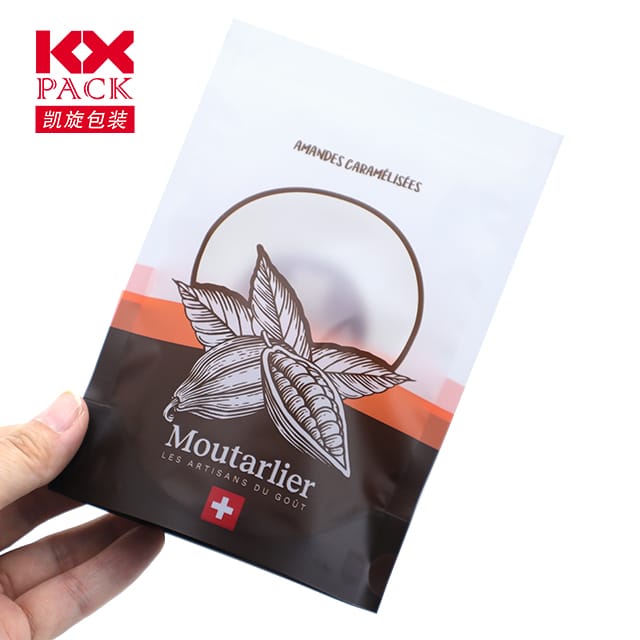Die Entwicklung und den Einfluss von Lebensmittelverpackungsfilmen: Innovation, Nachhaltigkeit, und Verbrauchersicherheit
Food -Verpackungsfilme
In the modern world, Food -Verpackungsfilme sind allgegenwärtig und doch oft übersehen. Diese dünnen Materialien spielen eine entscheidende Rolle bei der Erhaltung der Frische, Haltbarkeit verlängern, und den Schutz der Nahrung vor Kontamination. Aber da der Verbraucher verlangt, sich nach Nachhaltigkeit und Bequemlichkeit zu verschieben, Die Lebensmittelverpackungsindustrie wird einer transformativen Revolution unterzogen. Lassen Sie uns die neuesten Trends erkunden, Innovationen, and challenges in the world of food packaging films.
1. What Are Food Packaging Films?
Food packaging films are flexible materials used to wrap, Siegel, or cover food products. They can be made from plastics, bioplastics, paper, Aluminium, or composites of multiple layers. Their primary functions include:
- Erhaltung: Preventing exposure to air, Feuchtigkeit, and light to slow spoilage.
- Schutz: Shielding food from physical damage, Bakterien, and pests.
- Bequemlichkeit: Enabling easy handling, Lagerung, und Portionskontrolle.
- Branding: Providing a surface for labels, logos, and nutritional information.
From single-use snack wrappers to resealable pouches for fresh produce, these films are integral to the global food supply chain.
2. The Rise of Sustainable Alternatives
Traditional plastic films, while effective, have drawn criticism for their environmental impact. Single-use plastics contribute to pollution, harm wildlife, and take centuries to decompose. In response, the industry is innovating with eco-friendly solutions:
- Biologisch abbaubare Filme: Made from plant-based materials like starch, Zellulose, or polylactic acid (PLA), Diese Filme brechen unter bestimmten Bedingungen auf natürliche Weise zusammen.
- Kompostierbare Folien: Designed to decompose in industrial composting facilities, leaving no toxic residues.
- Essbare Filme: Edible coatings made from ingredients like seaweed, chitosan, or proteins not only protect food but can also be consumed along with it, reducing waste entirely.
- Recycelter Inhalt: Films incorporating post-consumer recycled (PCR) plastics help divert waste from landfills.
Marken mögenTIPA® UndEco-Products are leading the charge with compostable packaging, while companies likeNotpla are creating seaweed-based films that dissolve in water.
3. Intelligente Verpackung: The Future of Food Safety
Beyond sustainability, technology is transforming packaging films into intelligent tools for monitoring food quality:
- Time-Temperature Indicators (TTIs): Labels that change color if food has been exposed to unsafe temperatures, sorgt für Frische.
- Freshness Sensors: Embedded sensors detect gases like ammonia or CO₂, which indicate spoilage, and alert consumers via smartphone apps.
- Antimicrobial Films: Infused with natural compounds like essential oils or silver nanoparticles, these films inhibit bacterial growth and extend shelf life.
Zum Beispiel, Mimica Touch has developed a tactile indicator that becomes bumpy when food is no longer safe to eat, empowering consumers to make informed decisions.
4. Herausforderungen und Überlegungen
While the future of food packaging films is promising, Es bleiben noch einige Hürden:
- Kosten: Sustainable materials are often more expensive than conventional plastics, though economies of scale are gradually reducing prices.
- Leistung: Biodegradable films may lack the barrier properties of traditional plastics, leading to shorter shelf lives for some products.
- Consumer Behavior: Many consumers remain confused about how to properly dispose of compostable or biodegradable packaging, leading to contamination in recycling streams.
- Regulation: Governments worldwide are implementing stricter rules on single-use plastics, pushing companies to adapt quickly.
5. The Role of Consumers in Driving Change
As awareness grows, consumers are demanding more sustainable options. By choosing products packaged in eco-friendly films, supporting brands with transparent practices, and properly disposing of packaging, individuals can influence industry standards.
Für die Spitze: Look for certifications likeOK Compost, Biodegradable Products Institute (BPI), oderTÜV Austria to ensure packaging meets sustainability claims.
Abschluss: A Wrap-Up on Food Packaging Films
Food packaging films are no longer just about keeping food safe—they’re about protecting the planet, Verbesserung der Bequemlichkeit, and empowering consumers. As innovation continues, we can expect smarter, greener, and more efficient solutions to dominate the market.
The next time you unwrap a snack or toss packaging into the bin, take a moment to consider the material’s journey. Zusammen, we can drive demand for packaging that’s kind to both our bodies and the Earth.
What’s your take on sustainable food packaging? Share your thoughts or favorite eco-friendly brands in the comments below! 🌍🍃📦






